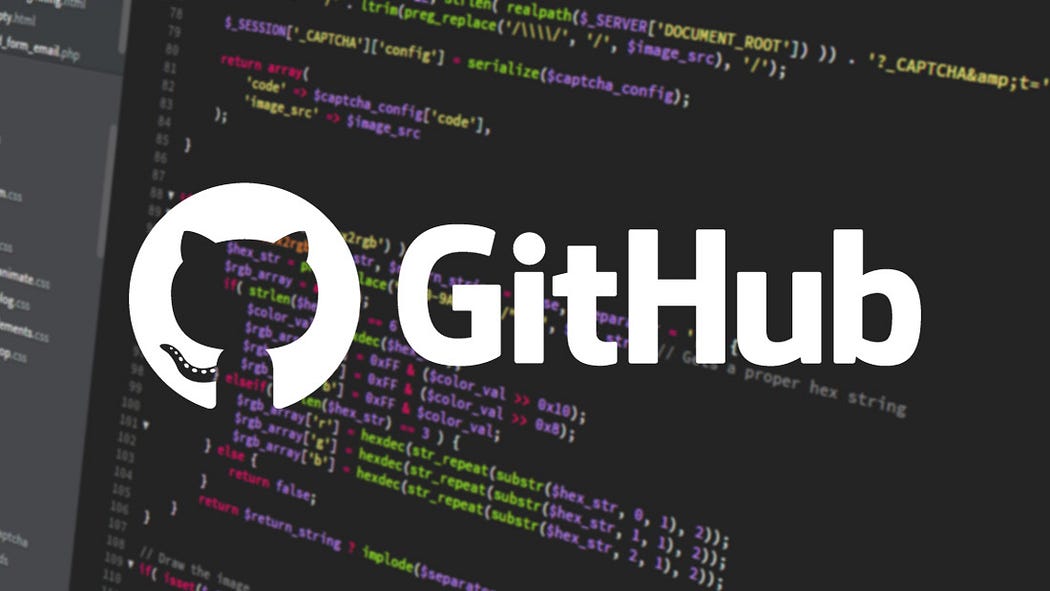GitHub is much more than a hosting platform or a simple code repository. It is a powerful tool that adds significant value to companies in all industries.

Among its most notable features is that it enables collaboration and coordination among diverse teams. It also allows detailed tracking of code changes. Moreover, it provides a centralized environment for project management.
What does all this mean to the organization? That it has the opportunity to optimize its workflows, increase efficiency (with the consequent decrease in costs) and ensure code quality.
In addition, GitHub offers a number of advanced features. Some of the most important ones are issue management, continuous integration and GitHub actions. In general, these qualities make it possible to automate complex workflows and improve the quality and speed of software creation.
Why is GitHub so popular?
GitHub is a collaborative development platform. It offers a highly user-friendly interface and, because of its open source spirit, it integrates with a wide variety of development tools.
It uses the Git version control system: created in 2005 by Linus Torvalds – the same as the Linux operating system – it is free and open source. This means that different developers can work in parallel with the assurance that there will be no errors with previous versions or conflicts of any kind.
Ease of use applies to basic functionality and collaboration capabilities. But also to historically complex issues, such as effectively managing different versions of the same digital product.
In addition, GitHub has a very active community. Thanks to this, developers have access to the latest from a wide range of libraries, frameworks and resources. Thus, it encourages and enhances innovation and knowledge sharing.
Moreover, it integrates with common platforms such as AWS.
How to get started with GitHub?
Some recommendations to start working with GitHub and to extract value from it:
Create a GitHub repository
The first step to take advantage of GitHub is the creation of a repository. This is a space where a project’s code is stored. Moving forward with this topic establishes a central point for collaboration and change tracking.
Creating branches on GitHub
Branches are separate versions of code that allow developers to work on specific features without affecting the main branch. GitHub makes it easy to create and manage these branches. By doing so, it improves organization and efficiency in the project.
Understanding GitHub commits
Commits are individual changes made to source code. GitHub records each commit, which eases tracking tasks. In each case, it is recorded who made each change and when they made it. This is essential for troubleshooting, especially when dealing with multi-member teams.
Creating pull requests in GitHub
Pull requests are a key feature of GitHub that make it easy to review and integrate changes. They allow developers to propose changes to a branch and request that they be merged into the main branch. This ensures a more controlled and collaborative development process.
Use case: GitHub’s added value for media companies
For companies that create and distribute digital and multimedia content; speed, agility and efficiency are key values for their survival.
Indeed, these are companies that operate in an increasingly competitive market. The huge volume of customers they tend to have is increasingly demanding and their demands are changing day by day. As if all this were not enough, the barriers for their customers to switch providers are very low.
Moreover, as digital natives, they understand the value of creating applications that deliver the best possible experience.
GitHub allows them to address all of these challenges. First, they can capitalize on the talents of their distributed development teams to the fullest. Second, they gain the agility, speed and time to market to adapt to changing business needs.
Conclusions
GitHub presents itself as an indispensable tool for companies seeking to optimize their application development.
It offers a comprehensive set of features that improve development efficiency and quality. By integrating this tool into the workflow, companies can boost their ability to innovate and stay competitive in the constantly changing digital panorama. An asset that companies in the media industry should take advantage of.
To sum it up, GitHub enables faster, better and lower cost developments.
Interested in learning more about this tool and capitalizing on it for your organization? Our experts at Nubiral are ready to help you: Schedule your meeting!




